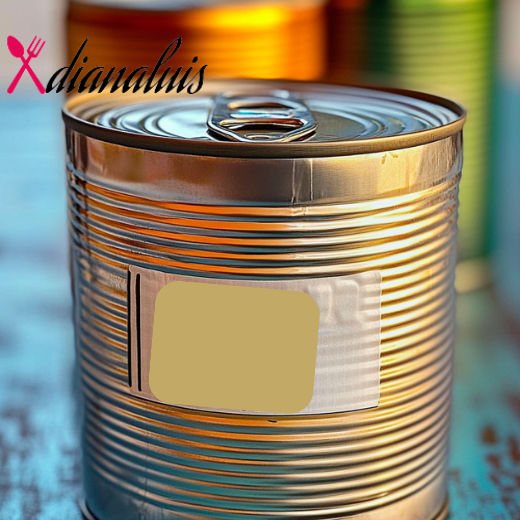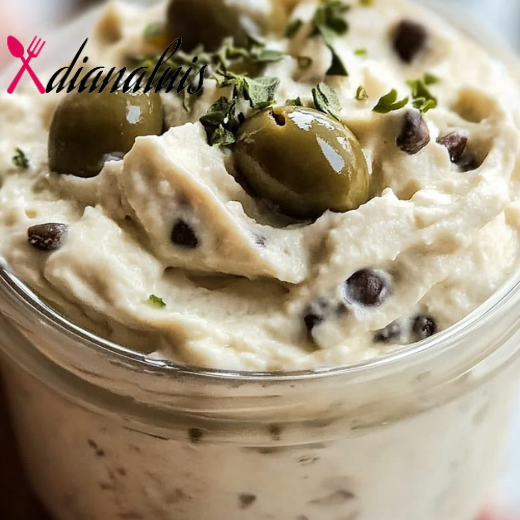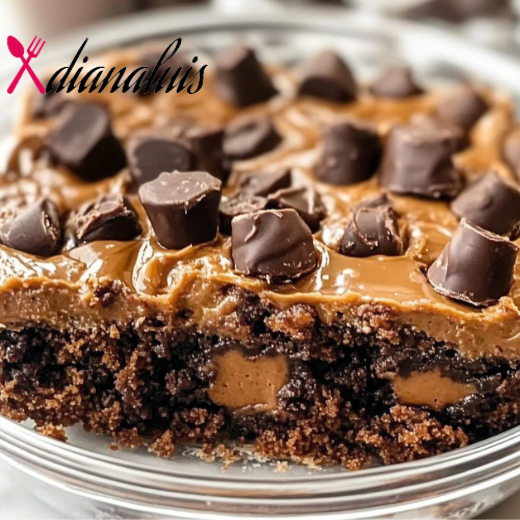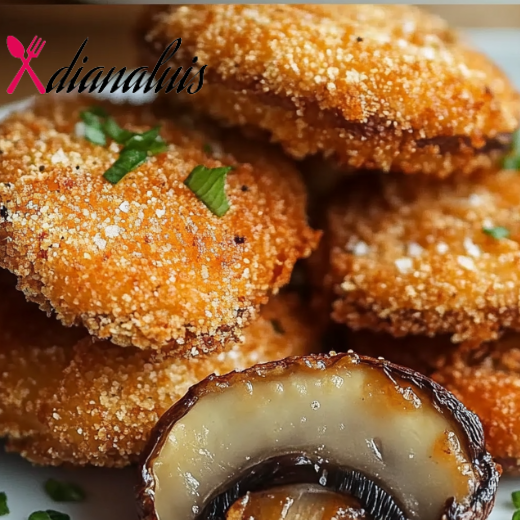Common Misconceptions About Expiration Dates
1. Expiration Dates Indicate Safety
Misconception: People often think that once the expiration date passes, the product is unsafe to consume.
Reality: Expiration dates are primarily about quality, not safety. Many products, like canned goods, grains, or dry pasta, can be consumed long after the expiration date, as long as they are stored properly and the packaging is intact. Safety is more about how food is handled and stored.
2. All Dates Are the Same
Misconception: People assume all food products use the same kind of date label.
Reality: There are different terms used for dates on packaging, like “Best By,” “Use By,” and “Sell By.” These have different meanings. “Best By” refers to quality, “Use By” typically indicates the last date for peak quality (often found on perishable items), and “Sell By” helps stores manage inventory but isn’t meant for consumers to gauge safety.
3. You Can’t Eat Something After the Date
Misconception: Once a food product passes its date, it’s unsafe and should be discarded.
Reality: Many foods remain safe well past the expiration date. For instance, canned foods and frozen goods can last far beyond their labeled dates. The food’s safety depends on how it’s been stored and its packaging condition, not the date alone.
4. Expiration Dates Apply to All Food
Misconception: People believe expiration dates apply to all food.
Reality: Not all foods have an expiration date. Items like spices, vinegar, honey, and salt can last indefinitely if stored correctly. Check labels carefully—many products are sold without a date because they don’t spoil quickly.
5. Expired Foods Are Always Bad
Misconception: People often think expired food is immediately harmful or spoiled.
Reality: Expired food can lose its taste, texture, and nutritional value but may still be safe to eat if stored properly. As long as there’s no visible mold, foul smell, or signs of spoilage, the food may still be good.
6. Expiration Dates Are Set in Stone
Misconception: People believe the date on food is precise and can’t be extended.
Reality: Many manufacturers set these dates conservatively to ensure the product is consumed while it’s at its best quality. Environmental factors like storage conditions (temperature, humidity) can affect how long something stays good. Some items may last longer or shorter depending on those conditions.
7. Expiration Dates Apply Only to Packaged Goods
Misconception: People tend to think expiration dates only apply to packaged or processed food.
Reality: Fresh food like produce, dairy, and meat also typically has expiration or sell-by dates. However, these are more about freshness and are more time-sensitive than processed items. Always check these dates and use your senses to evaluate them further.
Storage Matters: How to Extend the Life of Your Food
1. Know the Right Temperature for Your Food
Refrigeration: Keep perishable items like dairy, meat, and leftovers in the fridge at or below 40°F (4°C). This slows down bacteria growth and extends shelf life.
Freezing: Freezing is a great way to extend the life of meats, fruits, vegetables, and even baked goods. Just make sure to wrap them properly to prevent freezer burn.
Room Temperature: Some items, like certain fruits (bananas, tomatoes) and bread, are best stored at room temperature but away from direct sunlight or heat.
2. Use Airtight Containers
Why It Works: Airtight containers help prevent exposure to air, moisture, and contaminants that can speed up spoilage. Store leftovers, dry foods like pasta and grains, and snacks in these containers to keep them fresh longer.
What to Store: Cereal, cookies, nuts, flour, and coffee beans are great candidates for airtight storage.
3. Vacuum Sealing
Why It Works: Vacuum sealing removes air and moisture, two main factors in spoilage, so it’s great for extending the life of both refrigerated and frozen items.
What to Store: Meats, fish, cheeses, and even fruits and vegetables can last much longer when vacuum sealed.
4. Properly Store Produce
Refrigeration: Keep leafy greens, berries, and other perishable fruits and vegetables in the fridge.
Room Temperature: Apples, oranges, bananas, and some root vegetables (like onions and potatoes) last longer at room temperature.
Separate Ethylene Producers: Certain fruits, like apples, bananas, and avocados, release ethylene gas, which can accelerate the ripening process of other fruits and vegetables. Keep these items separate.
5. Don’t Overfill the Fridge or Freezer
Why It Works: Overcrowding prevents proper air circulation, which can result in uneven temperatures and quicker spoilage. Ensure there’s enough space for air to flow freely around the items in your fridge and freezer.
6. Use the Right Packaging for Freezing
What Works: When freezing food, use freezer-safe bags or containers, and remove as much air as possible. Wrap meats tightly in plastic wrap before placing them in a freezer bag to prevent freezer burn.
What to Store: Fruits, vegetables, cooked meals, and baked goods like bread or muffins can be stored in the freezer.
7. Keep Pantry Items in a Cool, Dry Place
Why It Works: Heat and humidity can cause pantry items to spoil faster. Store canned goods, dry grains, spices, and flour in a cool, dry place away from direct sunlight.
Best Storage: Keep jars and cans in their original packaging, and make sure to close opened bags tightly to avoid pests or moisture.
8. Use the First In, First Out (FIFO) System
Why It Works: Organize your pantry and fridge so older items are in the front and newer ones are behind them. This ensures that you use up older items before they expire, reducing waste.
How to Do It: Label items with their purchase or expiration date, or arrange your fridge and pantry shelves accordingly.
9. Repurpose Leftovers Properly
Why It Works: Leftovers can be stored for a few days in the fridge and repurposed for meals to prevent them from going to waste. Make sure they’re stored in airtight containers and eaten within a few days.
What to Repurpose: Cooked meats, rice, pasta, soups, and stews can be transformed into new meals or snacks.
10. Check for Signs of Spoilage Regularly
Why It Works: Regularly inspecting your stored food helps you catch spoilage early, preventing waste. Look for changes in texture, color, or odor, and dispose of anything that doesn’t look right.
What to Watch For: Mold, off smells, and slimy textures are sure signs that food should be discarded.
















